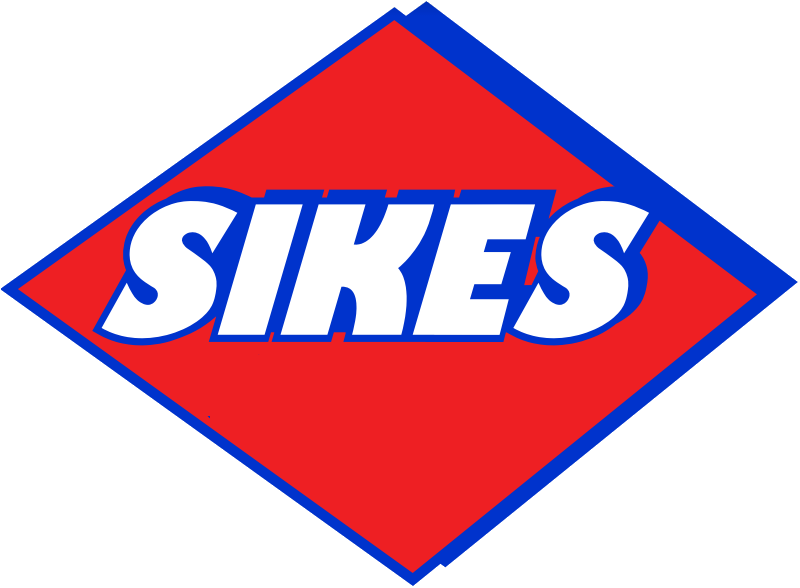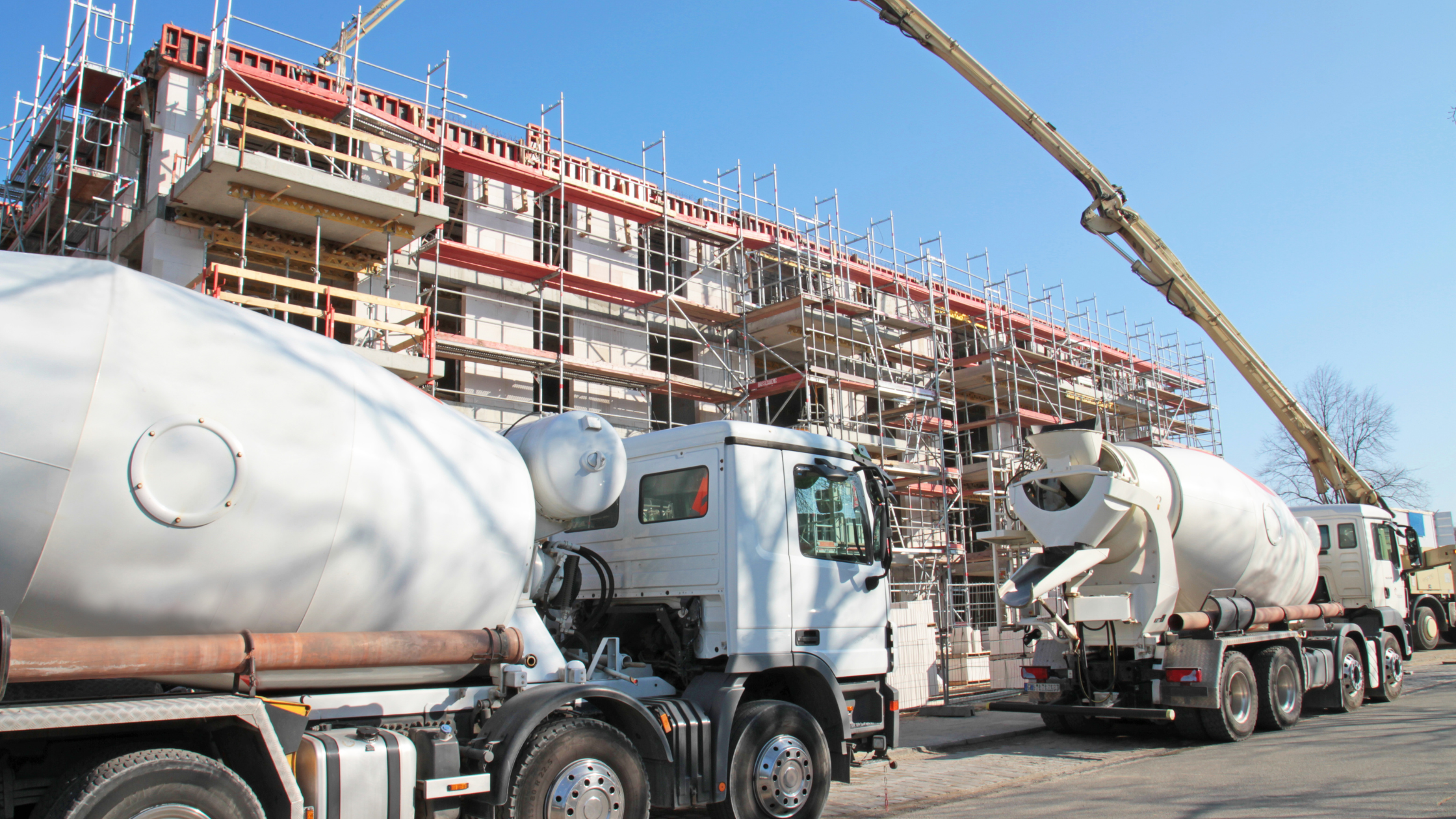MIXING TECHNOLOGY | SIKES CONCRETE
Concrete mixing technology encompasses the intricate process of combining different concrete components to create a uniform blend. This advanced method requires the expertise of concrete equipment operators and the use of specialized machinery like concrete mixers. The carefully calculated process ensures the correct proportions of ingredients are mixed to achieve optimal consistency, strength, and durability in custom concrete mix designs. Concrete pumping techniques and ready mixed concrete solutions are also employed to enhance efficiency and quality control throughout the mixing process
Types of Concrete Mixers
There are several types of concrete mixers that are used in concrete mixing technology, each with its own unique features and benefits. Some of the most commonly used mixers include:
Drum Mixers: These are large cylindrical containers that rotate on an axis to mix the ingredients. They are often used for large-scale construction projects and can mix large quantities of concrete in a single batch.
Planetary Mixers: These mixers have a series of blades that rotate on different axes to mix the ingredients. They are ideal for mixing high-strength concrete and are often used in precast concrete production.
Continuous Mixers: These mixers continuously mix the ingredients as they are fed into the mixer. They are often used for large-scale concrete production and are highly efficient.
Tilting Mixers: These mixers tilt to discharge the concrete into a waiting truck or hopper. They are often used for small-scale concrete production and are easy to use and maintain.
Factors that Affect Concrete Mixing Technology
The properties of concrete are largely dependent on the ingredients used and the mixing technology employed. Some of the factors that affect concrete mixing technology include:
Water-Cement Ratio: The water-cement ratio refers to the amount of water used in relation to the amount of cement. A higher water-cement ratio results in a weaker concrete, while a lower water-cement ratio results in a stronger concrete.
Aggregate Size: The size of the aggregates used in concrete can also affect the properties of the concrete. Larger aggregates result in a coarser concrete, while smaller aggregates result in a finer concrete.
Mixing Time: The length of time that the ingredients are mixed also affects the properties of the concrete. Longer mixing times result in a stronger concrete, while shorter mixing times result in a weaker concrete.
Temperature: The temperature of the ingredients and the mixing environment can also affect the properties of the concrete. Higher temperatures result in a faster curing time, while lower temperatures result in a slower curing time.
Benefits of Concrete Mixing Technology
Concrete mixing technology offers several benefits, including:
Improved Consistency
By using specialized equipment to mix the ingredients, concrete mixing technology ensures that the concrete is mixed in a consistent and controlled manner, resulting in a more uniform and homogeneous mixture.
Increased Strength
By using the right proportions of ingredients and mixing the ingredients for the right amount of time, concrete mixing technology can result in a stronger and more durable concrete.
Better Workability
Concrete mixing technology allows for the addition of admixtures, such as plasticizers and air-entraining agents, to improve the workability of the concrete.
Faster Production
By using continuous mixers and other specialized equipment, concrete mixing technology can result in faster concrete production, which can lead to more efficient construction processes and shorter project timelines.
Improved Durability
By using the right proportions of ingredients and proper mixing techniques, concrete mixing technology can result in a more durable concrete that is less prone to cracking and other forms of damage.
Conclusion
Concrete mixing technology is a crucial aspect of construction and plays a vital role in determining the properties and quality of concrete. By using specialized equipment and following proper mixing procedures, concrete mixing technology can result in a more consistent, stronger, and durable concrete that is better suited for a wide range of construction purposes. Whether you are building a foundation, a wall, or a bridge, investing in concrete mixing technology is a smart move that can result in a better end product and a more efficient construction process.
Featured Blogs
SIKES CONCRETE INC.
8030 FL-77, Southport, FL 32409
850-265-4564





